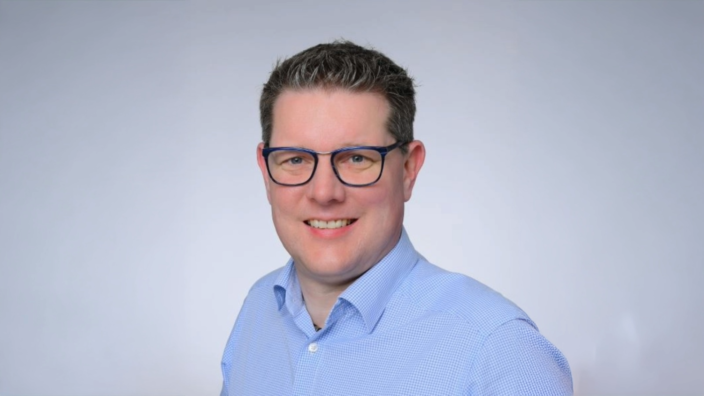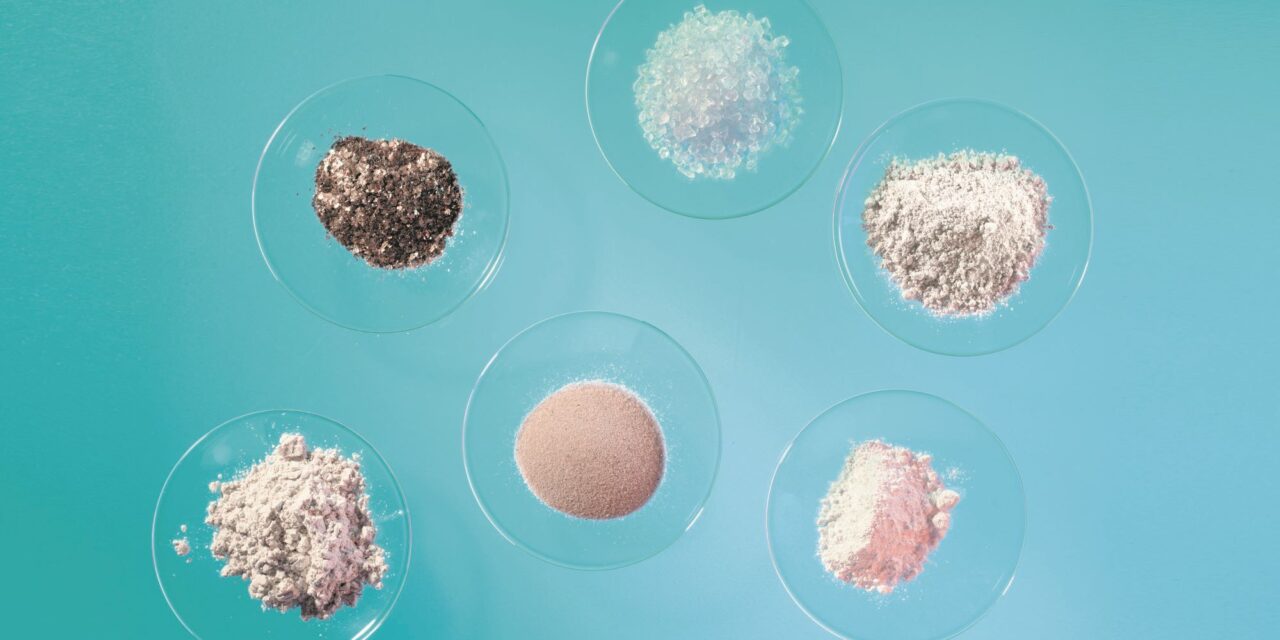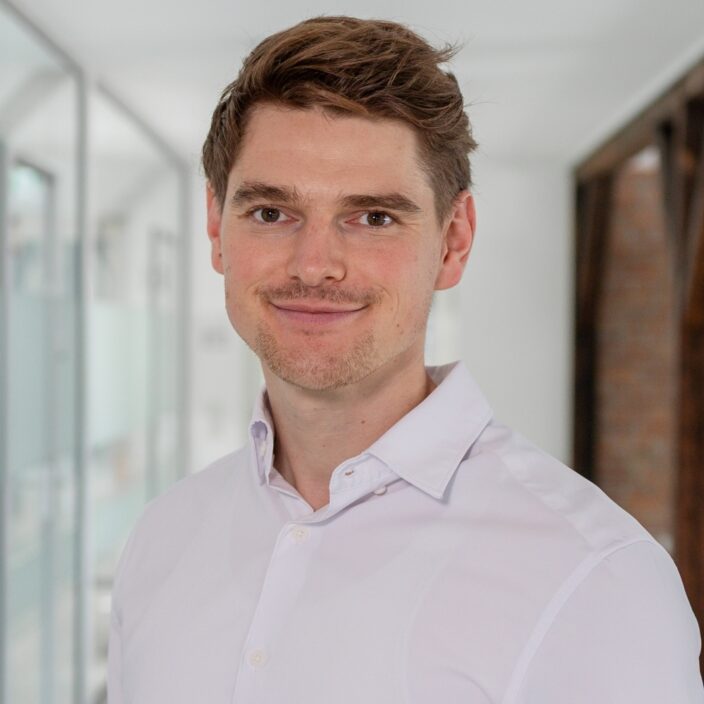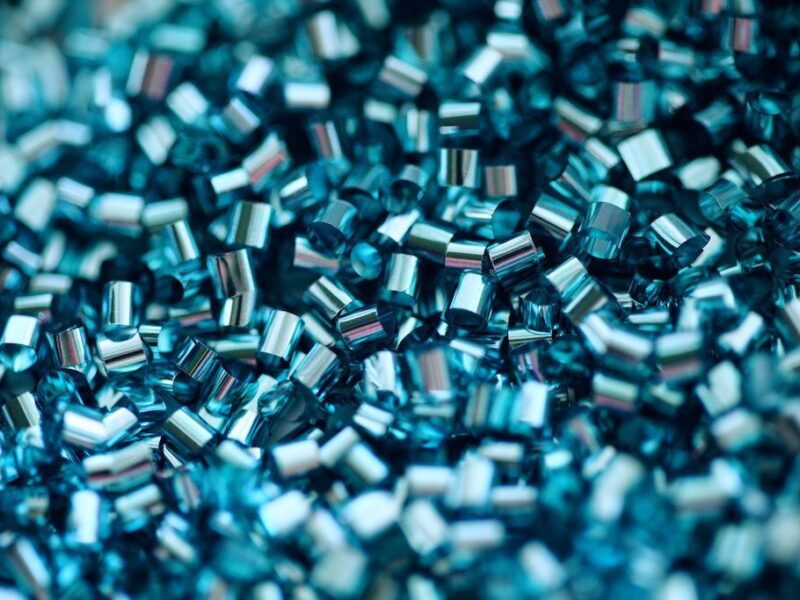- What makes your fillers for plastic recyclates so special?
Our fillers come in various particle shapes and sizes, with specific surface treatments. This allows us to precisely influence mechanical, thermal, and optical properties.
A particularly exciting development is our new odor absorber, which removes unpleasant odors from recyclates. Initial tests show very promising results, which is a crucial step in gaining acceptance for recyclates in demanding applications – for example, in automotive interiors.
- What challenges arise when integrating your fillers into recyclates?
One challenge is the combination with other additives. Some stabilizers can affect the performance of our odor absorber. However, by adjusting processing parameters, we have already found solutions that enable their combined use.
- Are there any success stories yet?
Our products are already used in many applications, especially where mechanical properties need improvement. Our odor absorber is still relatively new, but initial customer feedback has been consistently positive. We are working closely with partners like plastship to explore further application possibilities.
Circular economy: potential and challenges
- Where do you see the biggest hurdles for a functioning circular economy?
On one hand, expectations for recyclates are high – customers often want properties comparable to virgin materials. On the other hand, there is not always enough high-quality recyclate available, and the recycling process inevitably generates waste.
Additionally, there are regulatory challenges, such as the PPWR packaging regulation passed earlier this year. The goals are ambitious, which is generally a good thing, as high standards drive innovation. However, whether implementation within the given timeframe is realistic remains to be seen.
Career path: from chemical engineering to the circular economy
- What led you to specialize in developing fillers?
I studied chemical engineering at FH Aachen and grew up near our headquarters in Frechen. Initially, I only knew Quarzwerke as a sand supplier, until I saw a job posting that mentioned their work in plastics.
The opportunity to develop innovative products immediately fascinated me. I have been with the company since 2007 – and 18 years later, I still enjoy it just as much!
- What advice would you give to young professionals who want to work in sustainability and recycling?
Patience and perseverance are essential – not everything works right away. But if you keep at it, solutions can often be found. And with a bit of Rhineland resilience, things usually work out in the end: ´Et hätt noch immer jot jejange.´
Looking ahead: the next steps for HPF and plastship
- What joint projects are planned for the future?
We are continuing our tests on odor reduction in recyclates and aim to publish our findings soon. Additionally, we want to share our expertise more widely in the industry and encourage companies to engage more actively with the circular economy. Anyone interested is welcome to contact plastship or us directly!
Conclusion: working together for a sustainable plastics industry
The collaboration between HPF and plastship demonstrates how targeted use of high-performance fillers can enhance recyclates and promote sustainable solutions. With innovative technologies and strong commitment, both companies are making a significant contribution to transforming the plastics industry.




